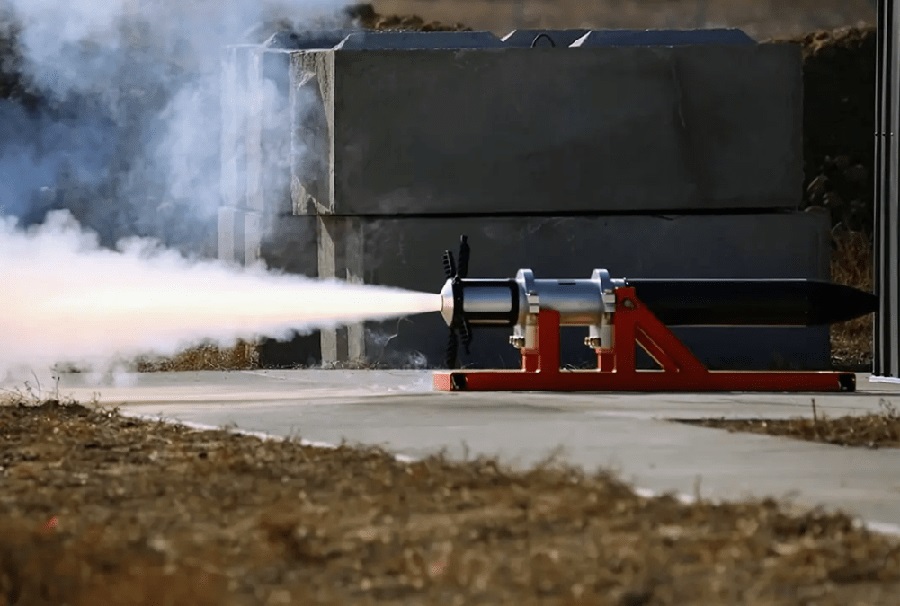
Raytheon and Ursa Major Achieve Milestone in Missile Technology
Raytheon and Ursa Major successfully completed a missile flight test for the US Army. This marks a key milestone in developing long-range solid rocket motor technology. The rocket motor, developed by Ursa Major, meets the Army’s need for affordable precision-guided munitions capable of long-range strikes. The test highlights the importance of advanced propulsion systems in strengthening military capabilities.
Strategic Collaboration to Boost Missile Technology
Raytheon chose Ursa Major’s solid rocket motor technology for its cost-effectiveness and high performance. The collaboration addresses the Army’s need for affordable, long-range missile systems. The use of Ursa Major’s propulsion technology is crucial for enhancing the US military’s strike capabilities. It supports both offensive and defensive operations.
Innovations in Manufacturing and Future Developments
Ursa Major uses additive manufacturing to speed up motor development. This has allowed rapid production and testing. The company has completed nearly 300 static test firings this year. These tests demonstrate the motor’s performance and agility. Future phases include additional flight tests, with 2025 scheduled for further testing and 2026 for qualification. The goal is to refine the technology and boost the Army’s operational capacity.
Strengthening US Military Capabilities
This successful test marks a significant advancement for both companies. The new propulsion systems enhance the Army’s ability to carry out long-range strikes. Tom Laliberty, President of Raytheon’s Land and Air Defense Systems, emphasized the advantage this technology gives the US military. The new systems improve range, speed, and effectiveness, enhancing overall missile capabilities. The collaboration offers a scalable, affordable solution that will improve operational readiness and reduce costs for the military.











Leave a Reply
You must be logged in to post a comment.